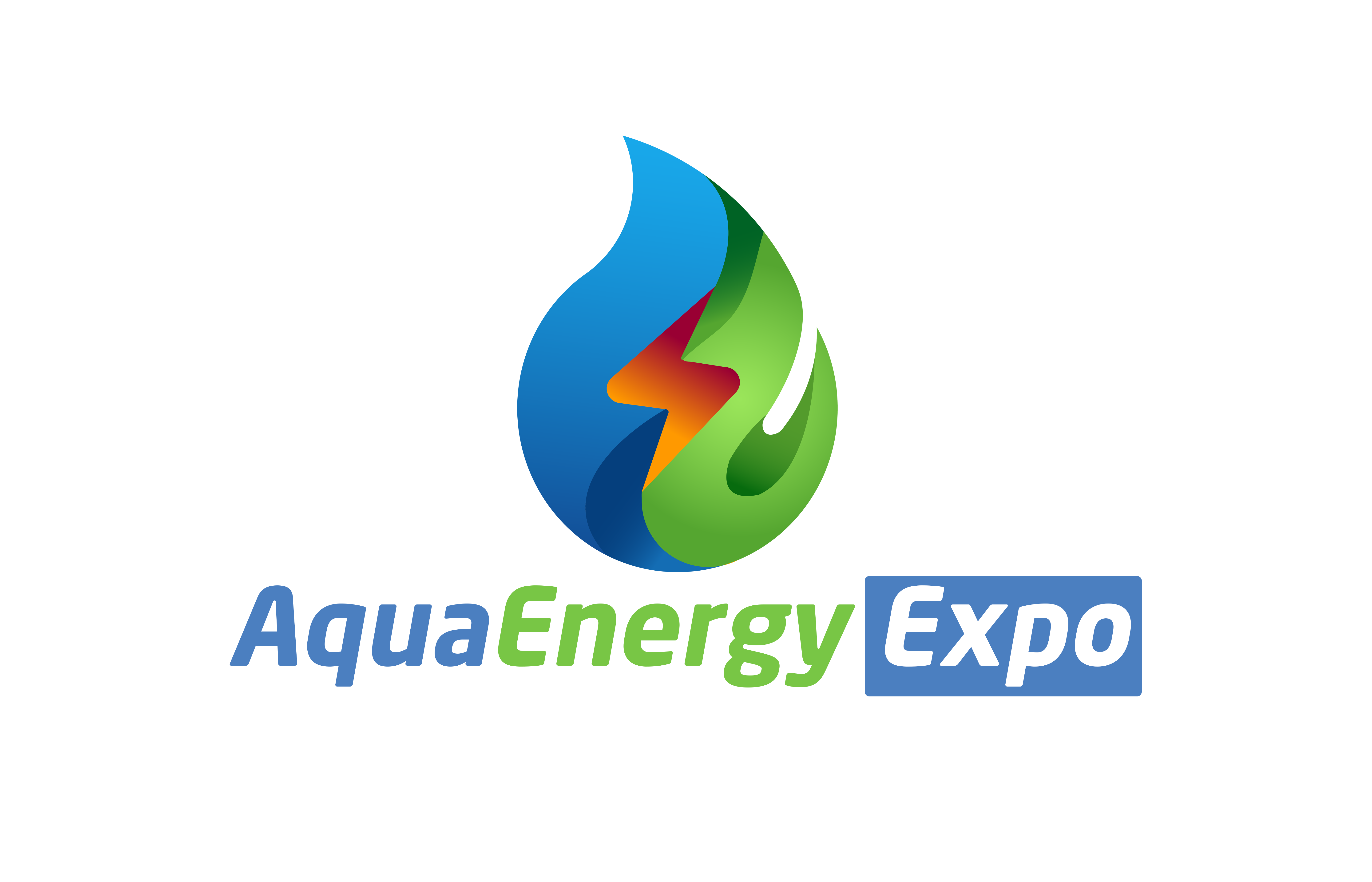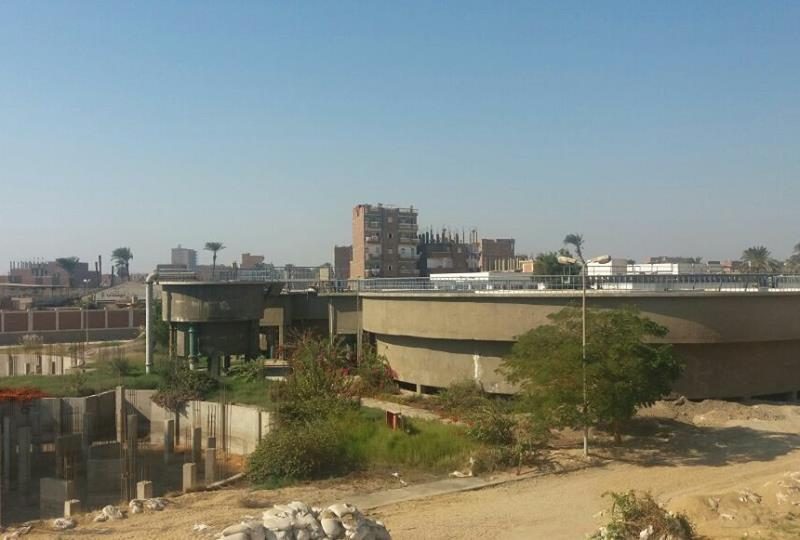Introduction
The wastewater from industries varies so greatly in both flow and pollution strength. So, it is impossible to assign fixed values to their constituents. In general, industrial wastewaters may contain suspended, colloidal and dissolved (mineral and organic) solids. In addition, they may be either excessively acid or alkaline and may contain high or low concentrations of colored matter. These wastes may contain inert, organic or toxic materials and possibly pathogenic bacteria. These wastes may be discharged into the sewer system provided they have no adverse effect on treatment efficiency or undesirable effects on the sewer system. It may be necessary to pretreat the wastes prior to release to the municipal system or it is necessary to a fully treatment when the wastes will be discharged directly to surface or ground waters [1].
The development of industries and extensive urbanization means increased water consumption and pollution resulting from problems of waste disposal. Unfortunately, in most developing countries, effluent quality standards imposed by legislation (where they exist) are sometimes easily flouted. Industrial effluents are liquid wastes which are produced in the course of industrial activities. Over the years, the improper disposal of industrial effluents has been a major problem and a source of concern to both government and industrialist. In most cases the disposal or discharges of effluents, even when these are technologically and economically achievable for particular standards, do not always comply with pretreatment requirement and with applicable tonic pollutant effluent limitations or prohibitions. The consequence of these anomalies is a high degree of environmental pollution leading to serious health hazards [2].
Whereas the nature domestic wastewater is relatively constant, the extreme diversity of industrial effluents calls for an individual investigation for each type of industry and often entails the use of specific treatment processes. Therefore, a thorough understanding of the production processes and the system organization is fundamental .A long-term detailed survey is usually necessary before a conclusion on the pollution impact from an industry can be reached. Typical pollutants and BOD range for a variety of industrial wastes are given in Table-1. The values of typical concentration parameters (BOD5, COD, suspended solids) and pH for different industrial effluents are given in Table-2 [3].
Table1: Wastewater characteristics for typical industries

SS: suspended solids
Table2: Comparative strengths of wastewaters from industrySS: suspended solids

COD: Chemical Oxygen Demand
BOD5: Biochemical Oxygen Demand in five days
SS: suspended solids
COD as KMnO4 mgO2/l
By a general viewpoint, food wastewaters are the best type of contaminated water when speaking of industrial activities because of the low amount of toxic compounds normally related to the industry of metals or intermediate chemicals (petroleum, plastics, etc.) [4, 5].
Food Industry Wastewater
Industrial wastewaters are considerably diverse in their nature, toxicity and treatability, and normally require pre-treatment before being discharged to sewer. Food processing in particular is very dissimilar to other types of industrial wastewater, being readily degradable and largely free from toxicity. However, it usually has high concentrations of biological oxygen demand (BOD) and suspended solid [6].Compared to other industrial sectors, the food industry uses a much greater amount of water for each ton of product [7].
Industrial wastewater characteristics vary not only between the industries that generate them, but also within each industry. These characteristics are also much more diverse than domestic wastewater, which is usually qualitatively and quantitatively similar in its composition. On the contrary, industry produces large quantities of highly polluted wastewater containing toxic substances, organic and inorganic compounds such as: heavy metals, pesticides, phenols and derivatives thereof, aromatic and aliphatic hydrocarbons, halogenated compounds, etc., which are generally resistant to destruction by biological treatment methods. Food industry uses large amounts of water for many different purposes including cooling and cleaning, as a raw material, as sanitary water for food processing, for transportation, cooking and dissolving, as auxiliary water etc. In principle, the water used in the food industry may be used as process and cooling water or boiler feed water. As a consequence of diverse consumption, the amount and composition of food industry wastewaters varies considerably. Characteristics of the effluent consist of large amounts of suspended solids, nitrogen in several chemical forms, fats and oils, phosphorus, chlorides and organic matter [8].

Food and beverage industry is one of the major contributors to growth of all economies. In EU it constitutes the largest manufacturing sector in terms of turnover, value added and employment. However, the sector has been associated with various environmental issues including water usage and wastewater treatment. Food processing industry wastewater poses pollution problems due to its high COD (Chemical Oxygen Demand) and BOD (Biochemical Oxygen Demand).Compared to other industrial sectors, food industry requires great amounts of water, since it is used throughout most of plant operations, such as production, cleaning, sanitizing, cooling and materials transport, among others. The wastewater streams with different levels of pollution load (low, medium and high contamination) are collected and treated in an on-site installation or in a municipal sewage treatment plant. Increasing food production will increase the volume of sewage and the cost of disposal for food processing plants and present difficult challenges for municipal wastewater treatment plant operators [9, 10]. Currently, in accordance with the legislation of the European Union introduced more stringent controls and rules concerning pollution of industrial wastewater [11, 12].
Wastewater produced by food Industry is a potential hazard to the natural water system .This wastewater contains many inorganic and organic matters, which are toxic to the various life forms of the ecosystem [13]. The majority of food processing industries are considered by very high water intake and high organic compounds rich wastewater generation.
By
Ahmed Ahmed Elserwy
Water & Environmental Consultant
Technical Manager Louts for Water Treatment
References
[1] ABDULRZZAK ALTURKMANI, DAIRY INDUSTRY EFFLUENTS TREATMENT, Ph.D Thesis, Sanitary Engineering and Water Protection Department, Technical University of Civil Engineering of Bucharest,2007,p1.
[2] Emmanuel A. Echiegu* Jacob T. Liberty (2013)., “Effluents Characteristics of Some Selected Food Processing Industries in Enugu and Anambra States of Nigeria”. Journal of Environment and Earth Science. Vol. 3, No.9.
[3] Wang & Howard (2004).”Handbook of Industrial and Hazardous Wastes Treatment”.USA.
[4] Anonymous (1997) Wastewater reduction and recycling in food processing operations. State of the Art Report— Food Manufacturing Coalition for Innovation and Technology Transfer. R. J. Philips & Associates, Inc., Great Falls
[5] Nini D, Gimenez-Mitsotakis P (1994) Creative solutions for bakery waste effluent. American
Institute of Chemical Engineers. Symposium Series 300, 90:95–105
[6]. Gray, N. F.(2005). “Water Technology: An Introduction for Environmental Scientists and Engineers”.Oxford : Elsevier Butterworth-Heinemann.
[7]. Mavrov, V., and Beleires, E. (2000). “Reduction of Water Consumption and Wastewater Quantities in The Food Industry by Water Recycling using Membrane Processes”. Desalination; 131, 75-86.
[8]. DorotaKrzemińska, Ewa Neczaj1, Gabriel Borowski (2005). “Advanced Oxidation Processes For Food Industrial Wastewater Decontamination”. Journal of Ecological Engineering.Volume 16, Issue 2, Apr. 2015, pages 61–71. DOI: 10.12911/22998993/1858.
[9]. Mavrov V., Be1ieres E. (2000). “Reduction of water consumption and wastewater quantities in the food industry by water recycling using membrane processes”. Desalination, 131, 75–86.
[10]. Cicek N. (2003). “A review of membrane bioreactors and their potential application in the treatment of agricultural wastewater”. CSBE, 43, 37–49.
[11]. Marcucci M., Ciardelli G., Matteucci A., Ranieri L., Russo M. (2002). Experimental campaigns on textile wastewater for reuse by means of different membrane processes. Desalination, 149 (1-3), 137–143.
[12]. Mason T.J. (2000). Large scale sonochemical processing: aspiration and actuality. Ultrason.Sonochem., 7(4), 145–149.
[13]. F.Spina, A.Anastasi, V.Prigione, V. Tigini and G. C. Varese, “Bi ological treatment of industrial wastewaters: a fungal appro ach”Chem Eng Trans,2012.




